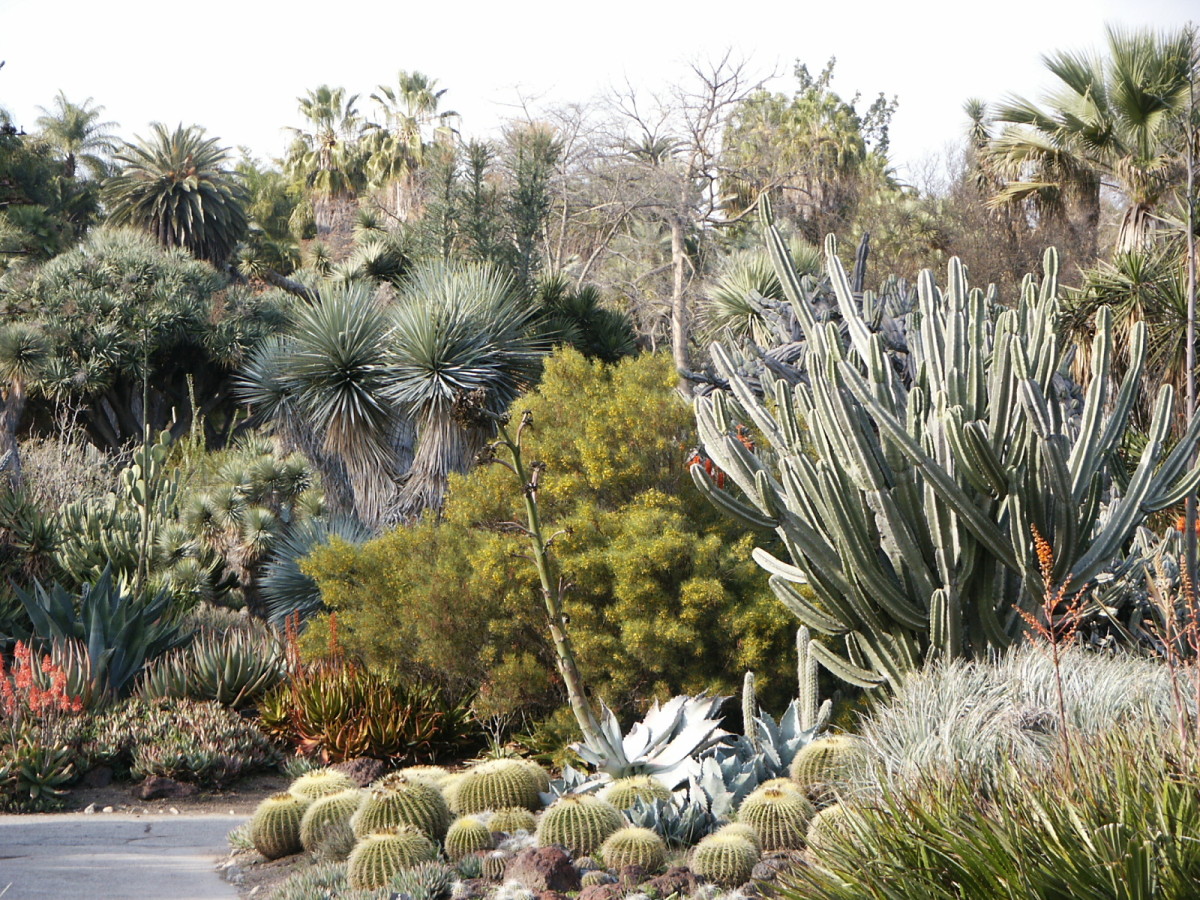
Keep Your Yard Colorful with Drought Tolerant Plants
With much of the west coast experiencing record drought conditions, homeowners are looking to alternatives to watering their lawns and gardens without sacrificing the colorful, bountiful appearance of their yards. There are many species of drought-tolerant plants that are well worth the investment and time required to replace your dying or dead plants. In addition to their low-water requirements, drought-tolerant plants like region-specific native grasses and wildflowers need minimal upkeep and rarely need fertilizing. Here are a few strategies to incorporate drought-tolerant plants in your outdoor landscaping.
Mediterranean Gardens
This year in particular, Seattle’s climate has much in common with a Mediterranean climate – that is, we are experiencing wet winters and hot, dry summers. Plants like eucalypts, yarrow, sedum, wild lilac, and prostrate rosemary sprinkled in along rock walls and stone pathways make for an appealing atmosphere regardless of the season. Adding ceramic and wood textures to the design in the form of planted containers will add height and color to your garden.
Mediterranean-style gardens need less water than some other types, meaning that homeowners who replace their high-maintenance grass lawns with drought resistant shrubs and perennials with gravel or sand pathways can save a tremendous amount of money and ditch their lawnmower for good.
Zeriscape
A popular method of reducing water consumption while retaining beautiful landscaped elements, zeriscaping differs from natural landscaping in that it focuses first on plants for their lack of water requirements and not for their geographic properties. This approach greatly reduces the need for supplemental irrigation after plant establishment, but can take a little bit more upkeep in order to get the desired results from the plants themselves. Many of these plants benefit from composting, deep watering to encourage root growth, and mulching. As such, zeriscaped environments will need their soil aerated and fertilized every couple of months.
A few zeriscape plants to consider are blanket flowers, a colorful and tough perennial that explodes with yellow, orange, and deep reds, lavender, which adds color and a light scent to your outdoor spaces, and Sedum ‘Angelina’, a succulent that spreads easily and can provide a nice gap-filler in between other plants.
Go Native
The most natural method of achieving a drought-tolerant landscape environment is to select plants already well-adapted to our climate. The King County website has a great list of native plants ideal for landscaping in different environments/areas around your property. Planting trees in addition to your undergrowth can add a protective layer of shade to your home and surrounding plants. Planting trees early on in your ownership can raise your property value later on if you decide to sell.
Ferns, flowering shrubs, and groundcover plants nicely complement larger cedar, pine, and spruce trees, but the best part is after they’ve taken root, their water requirements will be minimal all year-round. Plan for light weeding and mulching each year, but other than that, all you have to do is sit back and enjoy your new natural space.
Still Want a Lawn?
Consider Ecoturf! There are many low water use lawn alternatives that include a mix of grass, clover and even small wildflowers. While all of these are installed as seed and therefore need to be kept watered during establishment, once they have germinated and filled in, these lawns require little water to stay green. Even better, they require cutting only about once per month to stay three inches or so in height. Artificial lawns are another water saving alterative though they still require regular maintenance.
For more information about drought-tolerant plants or ideas on how to reduce your lawn’s water usage, contact the landscape architects at Urban Oasis and schedule a free one-hour consultation session.



